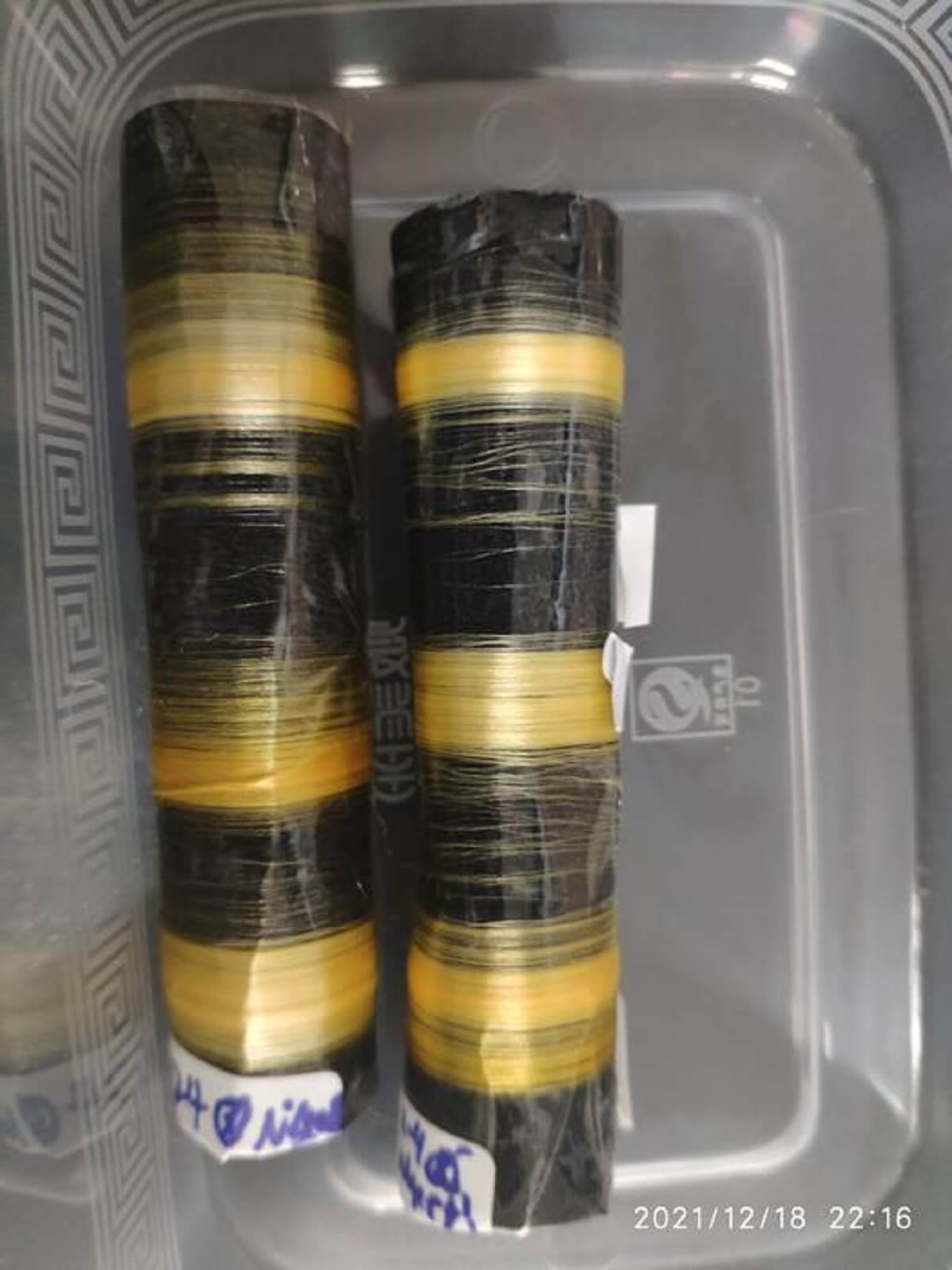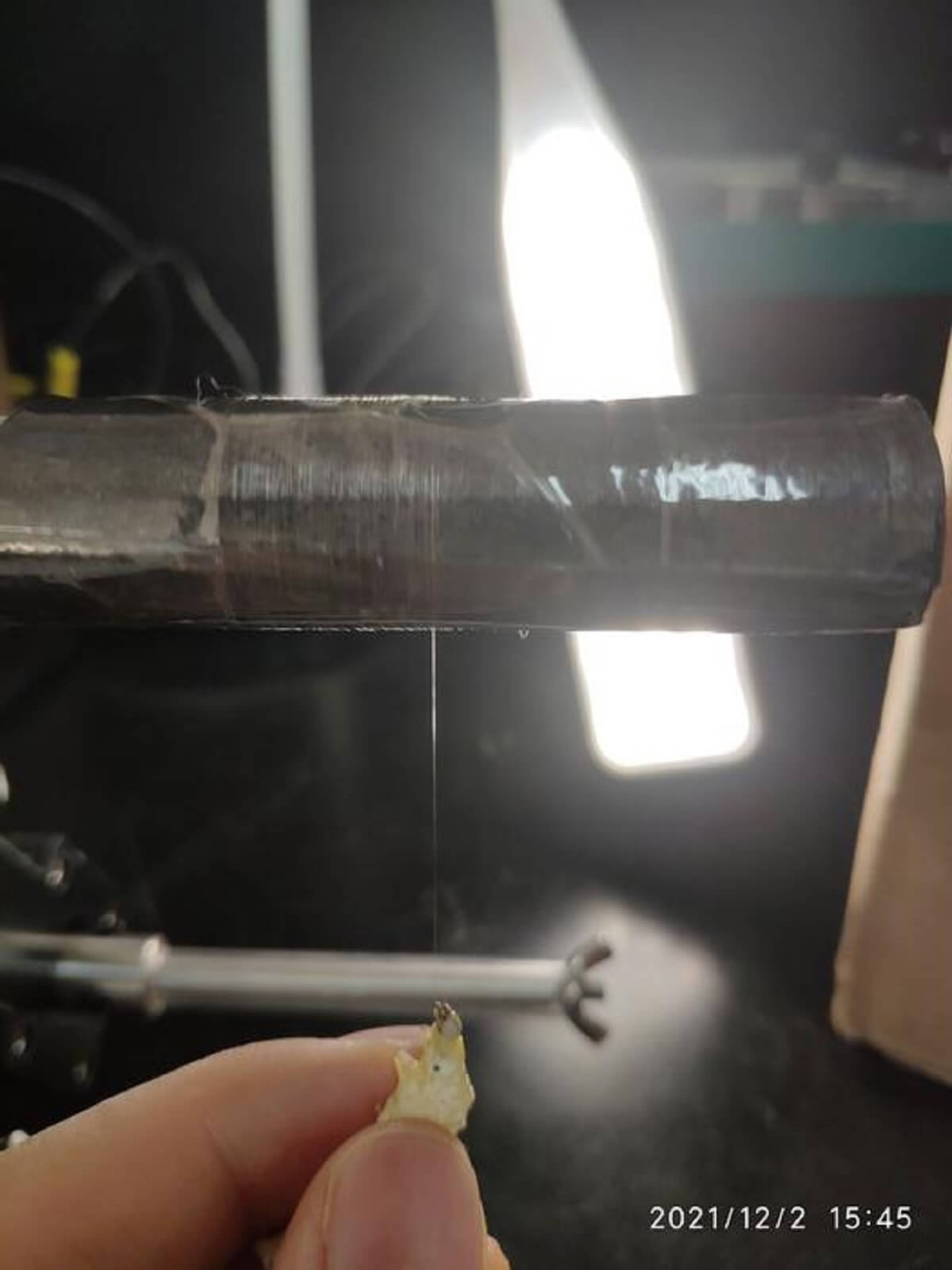SHANGHAI, China — In a groundbreaking study, scientists have successfully modified silkworms to create an innovative form of spider silk. Remarkably, this new material is six times stronger than Kevlar — the substance that protects people wearing bulletproof vests. This research could revolutionize multiple industries, from textiles and aerospace to biomedical engineering.
The researchers used a cutting-edge technique called CRISPR-Cas9 gene editing, along with microinjections, to introduce spider silk protein genes into the DNA of silkworms. This method allows scientists to precisely edit the genetic code of the silkworms.
“I remember that night vividly, as the excitement kept me awake,” says the study’s first author, Junpeng Mi, a doctoral candidate at the College of Biological Science and Medical Engineering at Donghua University, in a media release.
Mi says when he saw the silkworms’ eyes glowing red under the fluorescence microscope — a sign that the gene editing had been successful — he was overjoyed.

Traditional synthetic fibers like nylon are not only made from fossil fuels but also contribute to the pollution of microplastics in the environment. Scientists have long been intrigued by spider silk as a sustainable alternative. However, past attempts to artificially produce spider silk struggled to add “anti-aging” protective layers of glycoproteins and lipids, which would allow the material to withstand factors like humidity and sunlight.
The research team tackled this issue by genetically modifying the silkworms, which already have a well-established technique for silk production.
“Silkworm silk is presently the only animal silk fiber commercialized on a large scale, with well-established rearing techniques. Consequently, employing genetically modified silkworms to produce spider silk fiber enables low-cost, large-scale commercialization,” Mi explains.
Beyond its impressive strength, spider silk could be used in a variety of practical applications.
“This type of fiber can be utilized as surgical sutures, addressing a global demand exceeding 300 million procedures annually,” says Mi.
Additionally, the material has potential uses in more comfortable clothing, innovative bulletproof vests, and even in smart materials used in aerospace and military technology.

For the spider silk to be properly spun by the silkworms, the researchers also performed ‘localization’ modifications, ensuring that the spider silk proteins interacted well with the proteins in the silkworm glands. They even developed a ‘minimal basic structure model’ of silkworm silk to guide these modifications.
“This concept of ‘localization,’ introduced in this thesis, along with the proposed minimal structural model, represents a significant departure from previous research,” says Mi.
Looking ahead, the team is confident that large-scale commercial production of this extraordinary material is on the horizon. They plan to continue their work to develop silkworms that can produce spider silk fibers from both natural and engineered amino acids.
“The introduction of over one hundred engineered amino acids holds boundless potential for engineered spider silk fibers,” Mi concludes.
The study is published in the journal Matter.
South West News Service writer James Gamble contributed to this report.

